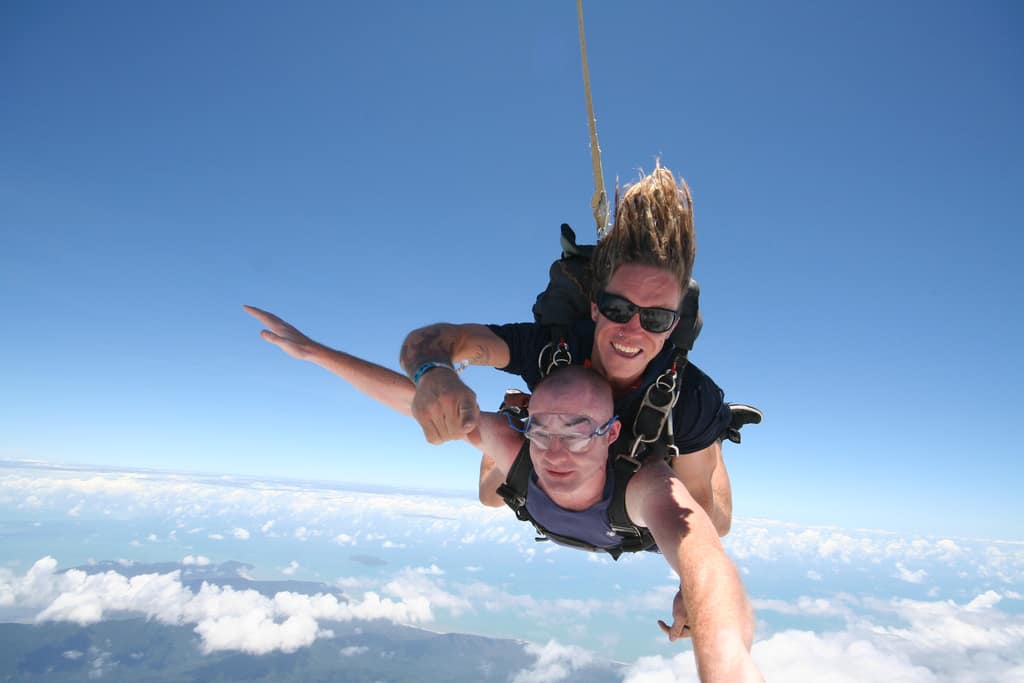When someone overtakes on a bend or accelerates hard to beat the traffic lights, we often label it idiocy. But is there a certain science behind the concept of thrill seeking, and is it something we each have built within our personality make up?
Thrill seeking can be considered as “sensation seeking” behind the wheel, according to Dr Lisa Dorn, a driving expert and Cranfield University academic who presented the BBC One Road Rage School series, and it often occurs amongst young males. Hmmm…
“Thrill seeking creates an increase in excitement and therefore the standard effects of excitement on the body and the brain can be a starting point,” Lisa explains. “Many studies have shown that this component of personality is related to taking various risks in pursuing dangerous sports and leading a risky lifestyle such as alcohol, drug use and unsafe sex.”
Ultimately, thrill seeking behaviour may release adrenaline, endorphins and dopamine, offering the person partaking in a dangerous sport or driving fast a natural ‘high’ or rush.
Lisa explains: “Adrenaline increases heart rate, oxygen to the lungs, blood supply to the muscles, and promotes the supply of glucose for immediate energy, endorphins [are] natural pain killers and dopamine is a neurotransmitter bringing the brain to full attention to assist with concentration, it speeds up nerve impulses in the brain that control muscle contractions.”
The advantages of this cocktail of chemicals for a thrill seeker include increased muscle strength, a higher pain threshold, and increased awareness and focus on the immediate threat. However, it can also bring about poor decision-making, loss of fine or complex motor skills and reduce the visual field, due to a reduction of oxygen reaching the optic nerve as the brain sends oxygen to large muscle groups. Extreme risk taking therefore, may have a profound physical effect on the body.
Such a strong physical reaction comes down to “millions of years of survival conditioning,” according to Lisa. The human race has had to evolve and overcome various threats to its existence but now that our world has become more stable, and we are no longer battling mammoths or other tribes for food, it needs to find new ways to seek out that adrenaline rush that would have been an everyday occurrence, all those thousands of years ago.
A recent Daily Mail article detailed how tourists to the dizzying 2,300ft cliff top of the Trolltunga try to out-do each other with risk taking photos once they reach the precipice. This sort of behaviour gives a nod towards the theory that risk taking is associated with peer pressure and influence from others.
So scientifically speaking, can you cure a thrill seeker? In this day and age do we really need to put ourselves at risk for some excitement?
Lisa considers the issue in regards to risk-taking drivers we referred to before: “In theory – thrill seekers might change their driving style very quickly if they are involved in the death of another road user and blame is attributed to them. Suddenly, taking risks might not seem so exciting. In theory, changing perception of risk will change thrill seeking behaviour. Thrill seekers can also adopt different strategies, such as learning to dump their thrill seeking needs on a racetrack, rather than put others and themselves in danger.”
Interested to find out if you are a thrill seeker? Then take this Thrill Seeker Quiz and see if you are more likely to take those risks to get a buzz from living life in the fast lane.

